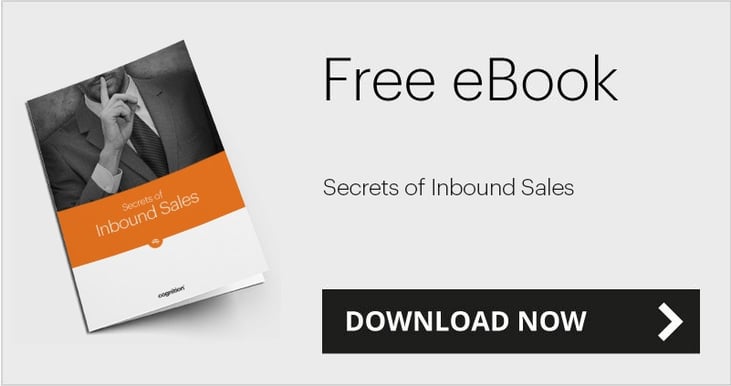
|
Last week I was touring a client’s manufacturing plant. It’s one of my favourite parts of the job. Because of all the industries I work with, no one gets as excited about what they do as manufacturers. There is always such pride, especially in the machinery. Engineers rightly love to tell you about how cool their kit is, and the enthusiasm is infectious. I always come away thinking ‘I wish I had something that needed shot blasting’ or ‘cold forming’ or ‘heat treating’ or ‘diecasting’. |
When it comes to tendering, though, it’s hard to get that sentiment across because your competitors are bragging about their machinery as well. Which means that the people doing the procuring can get a bit of ‘kit fatigue’. They reduce everything to checklists and don’t properly understand why, say, your £10,000 investment in a new scanner helps them out.
This is where the marketing and sales challenge comes in, and it’s where, in my experience, manufacturers get a bit intimidated.
For your customer it’s not about how much money you’ve invested, it’s about how your investment adds value
Investing tens of thousands of pounds in new machinery is a big deal for you. It’s a lot of money for the business, and it’s very exciting for the engineers. But if you tell that to customers their first reaction is likely to be: ‘That’s nice. So what?’
You have to tell your customers what value the new kit adds from their perspective. So if it means you can make 30 widgets an hour when old machines only make 10, put it in those terms. Customers can be lazy – don’t rely on them working it out themselves.
This means you have to separate out the features from the benefits
This may seem like something out of a school lesson, but it’s a really valuable exercise. Because it can be a different way of thinking for engineers.
A feature is what the machine does, like an innovative new way of automating component assembly. The advantage is the result, like making 20 more widgets an hour. The benefit is that the customer gets more widgets, faster.
So when you are tendering or speaking to customers, don’t start out by saying: ‘We’ve got a new machine that gives us an innovative new way of automating component assembly.’ Instead say: ‘We deliver more widgets faster because our new investment produces 20 more widgets an hour than the industry standard.’
The customer doesn’t have to think so hard in the second scenario – you are coming right out and telling them how the machine adds value, and that makes you seem like a more valuable supplier.
Don’t be shy: talk about your investment
The ideal sales situation is as follows: a potential customer has heard you deliver more widgets faster because of a new piece of machinery. He then rings up to find out more. It’s the best kind of lead because you haven’t had to do lots of work to get the phone call.
The key in this situation is that the customer heard about your investment, and in order for this to happen you have to tell people about it.
Prepare a little crib sheet for your salesmen and engineers with the features, advantages and benefits. That way they are primed to talk about it when they are out at exhibitions or speaking to customers.
Publicise it more widely as well. Put a news item on your website or your LinkedIn profile. Let key industry magazines know to get a bit of media coverage.
Just remember: focus on the benefits. And then the more people that hear about it the better.




